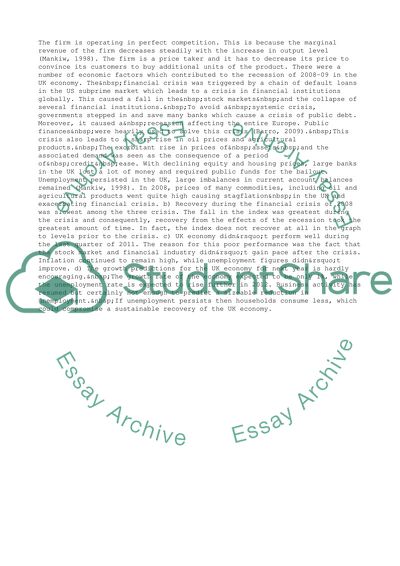Cite this document
(“Individual Portfolio: Economics for Business Assignment”, n.d.)
Individual Portfolio: Economics for Business Assignment. Retrieved from https://studentshare.org/business/1450910-individual-portfolio-economics-for-business
Individual Portfolio: Economics for Business Assignment. Retrieved from https://studentshare.org/business/1450910-individual-portfolio-economics-for-business
(Individual Portfolio: Economics for Business Assignment)
Individual Portfolio: Economics for Business Assignment. https://studentshare.org/business/1450910-individual-portfolio-economics-for-business.
Individual Portfolio: Economics for Business Assignment. https://studentshare.org/business/1450910-individual-portfolio-economics-for-business.
“Individual Portfolio: Economics for Business Assignment”, n.d. https://studentshare.org/business/1450910-individual-portfolio-economics-for-business.


